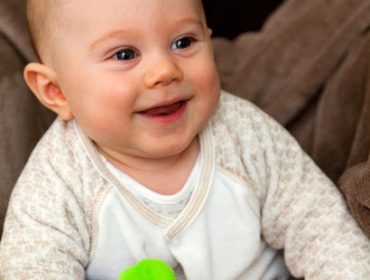
In order for children to make significant progress in their development and learning, practitioners need to identify and plan their children’s next steps.
Many next steps occur automatically with little support as the child gets older – they go from lying to crawling to standing to walking and so on.
However, other next steps may take a little practice – such as sharing toys, using scissors, riding a bike, holding a pencil and so on.
These are the things children need to do next, to move on from a previous development and are linked to the observations that have taken place previously.
While activities and experiences may have been planned for the day or the week, to ensure children gain a broad range of knowledge, the next steps makes the planning more individual and highlights possible lines of development, meaning developing the child’s own interests too.
Identifying and supporting a next step can be done in 4 ways:
-
- Supporting the Child’s Development – this is the easiest to understand. Once a child’s developmental stage has been determined, the next step could be to develop their knowledge or developmental stage further, using the EYFS framework. For example: a child maybe curious about books and started to turn several pages at a time as they observe the pictures in detail. To support this development further, a possible next step could be: to give the child access to a range of different books with textures, board books, bath books, cloth books etc. this could ignite their growing interest further and support their physical development of turning the pages one at a time. But these next steps have to be manageable or stimulating to cater for those who have special educational needs, such as disabilities or being gifted and talented.
-
- Extending an interest – This can be identified easily if the child has a clear interest which can be supported. For example, they may have visited a local farm and have a particular interest in farm animals. There next steps could be to read stories about farm, role play being a farmer and using the small world farm animals to create a play scene. This could also be linked to other animals such as in the zoo etc.
-
- Embedding Learning – This could be an exercise to reinforce a skill. For example, the practitioner has noticed that a child particularly enjoys cutting with play scissors, but cannot cut very well. Their next step could be to do more cutting tasks, to improve their co-ordination and dexterity. And develop this skill further once the learning has become embedded by cutting different materials such as card, material, foil and so on. Embedding tasks often take a while to master and it is best to give children plenty of practice to help them acquire a level of proficiency and not move them on too quickly.
-
- Personal, Social and Emotional Development – Children require time to become emotionally secure in many ways. If they express a preference for a cuddle, support this to make them feel secure. For example: a child appears to seek cuddles more frequently when they have suffered some sort of upset, e.g. another child has refused to share a toy, or they fell and hurt their knee. Their next step could be to have their emotional development supported by being offered a cuddle at times of upset, so that they can balance their emotions quickly and get back to doing what they were doing before.
As can be seen, Next Steps should be linked to an observation and not random.
The reason for the next step should be clear and chosen to support individual planning. Where possible next steps should be part of the bigger picture and support the whole child.
How Early Tracker supports Next Steps
In order to save time, Early Tracker comes pre-loaded with next steps. These predominantly consist of the ‘Supporting Children’s Development’ type next steps, but there is also the opportunity to add your own custom next steps to meet the requirements of the following three areas: Extending an interest, Embedding Learning, Personal, Social and Emotional Development.
The ability to add next steps from the bank, create your own next steps and also assign next steps to multiple children, means a lot of time can be saved leaving you free to focus on the children’s development themselves, while making it possible to tailor the assessment to each child individually.

Be the first to comment